'Kløvet sten' ('Split Stone')
After attracting attention for nearly three decades while standing in front of a church, this phallic stone sculpture is now tucked away in a campus backyard.
Originally erected in 1991, the Kløvet sten (“Split Stone”) sculpture, created by the late sculptor Frede Troelsen, explores profound questions about life, growth, and death. This artwork consists of three stones: a monolith-shaped piece of Swedish granite positioned between two halves of a natural stone, creating the impression of being cleaved. Notably, the stone carving has been described by locals as bearing a resemblance to the male reproductive organ, adding an intriguing layer to its interpretation.
For 28 years, the stonework stood in front of Ansgar Church in Odense, drawing considerable attention of the wrong kind due to its phallic appearance. As a result, numerous church visitors expressed their discontent with its “inappropriate” placement. In 2019, an initiative to landscape the church’s surroundings prompted a request from the parish council to the municipal authorities, which owns the land, for the sculpture’s removal. The decision, as explained by a church spokesperson, wasn’t driven by a shift towards puritanism, instead, it aimed to clear the area and restore an unobstructed view of the church.
A few months later, the stone carving found a new home in a rear courtyard at the University of Southern Denmark (SDU) on the outskirts of Odense, with assistance from the sculptor’s widow, Birgitte Thorlacius, who had connections with the institution. Although now in a less prominent location, Thorlacius appreciated its placement within the lush campus environment, emphasizing the contrast it offered to its previous austere surroundings. Furthermore, she clarified that her late husband did not intend to create a phallus; instead, the stone arrangement represents a chisel, the tool for splitting stones, along with two divided rock portions.
Know Before You Go
'Kløvet sten' is accessible 24/7 and situated in the backyard of SDU Odense on the southern fringes of town. The location can be reached easily by taking the tram to the Campus Odense stop, which is just a few minutes walk from the sculpture. If you're arriving by car, there's a spacious outdoor parking lot a couple of blocks away in the road called Bøgeskovvej.
Please note that the stonework is not yet listed on Google Maps, so instead, refer to the coordinates 55°22'13.3"N 10°25'43.3"E or the pin on the map.
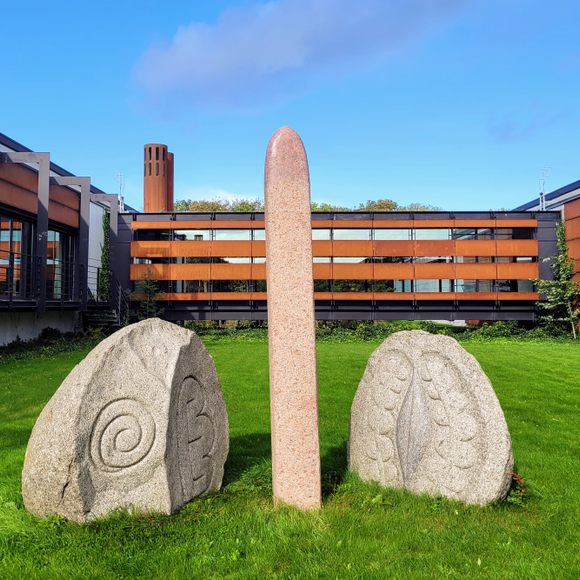

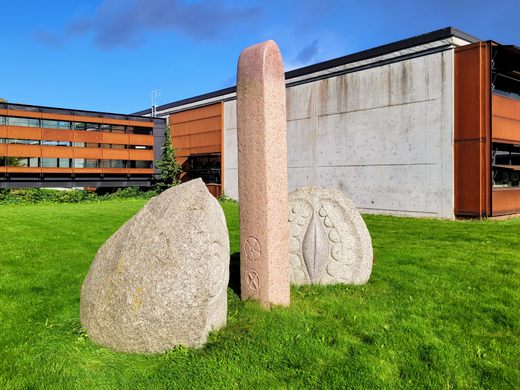
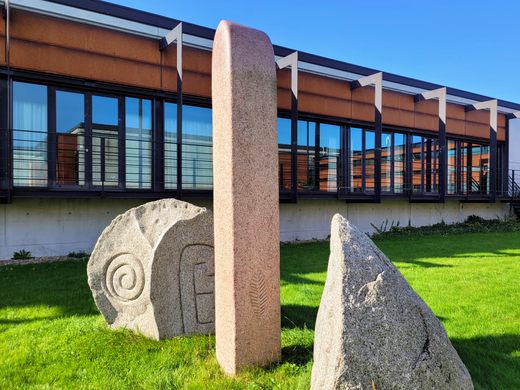




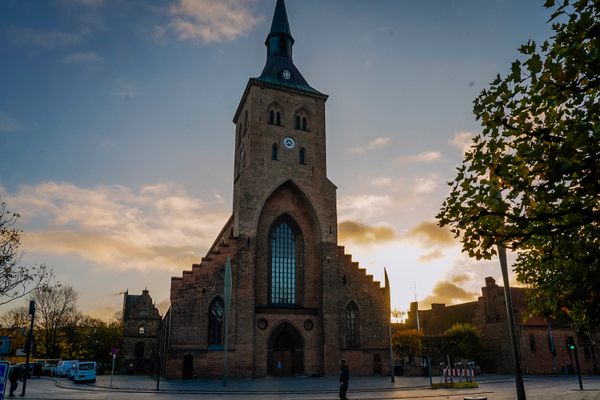
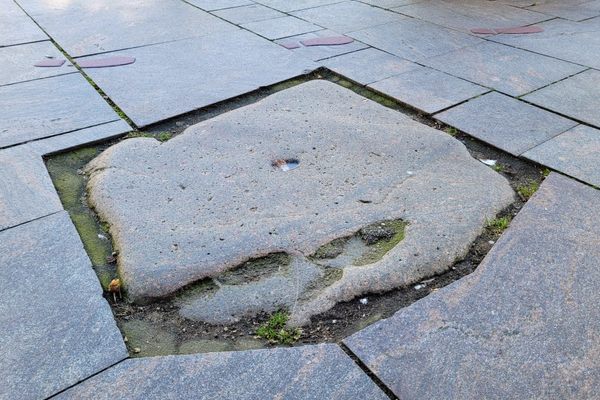
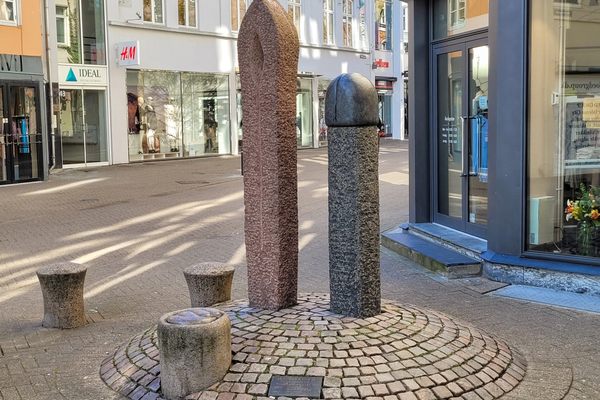

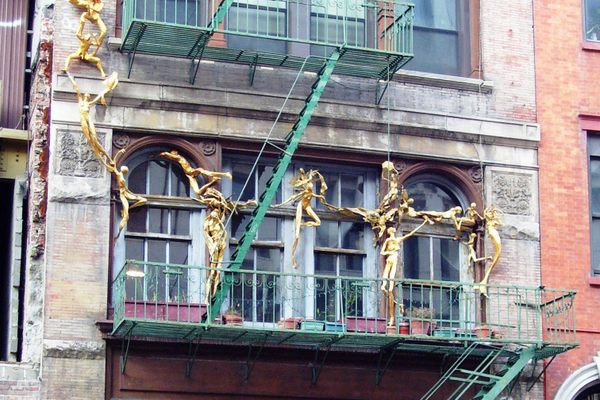
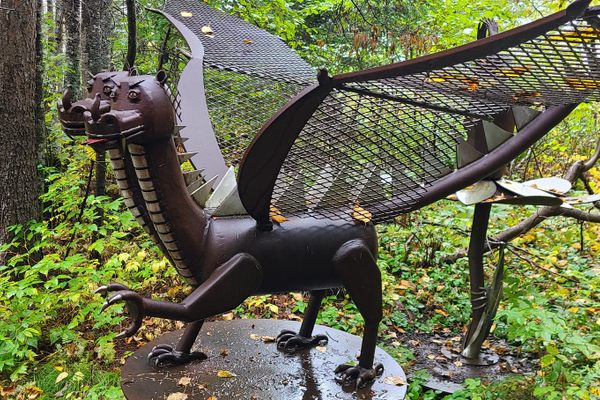
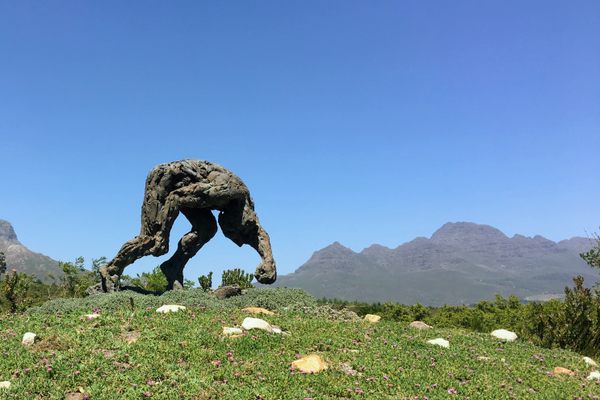

Follow us on Twitter to get the latest on the world's hidden wonders.
Like us on Facebook to get the latest on the world's hidden wonders.
Follow us on Twitter Like us on Facebook